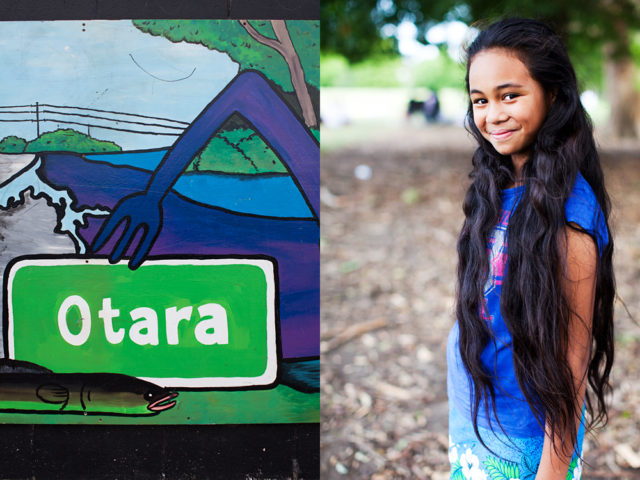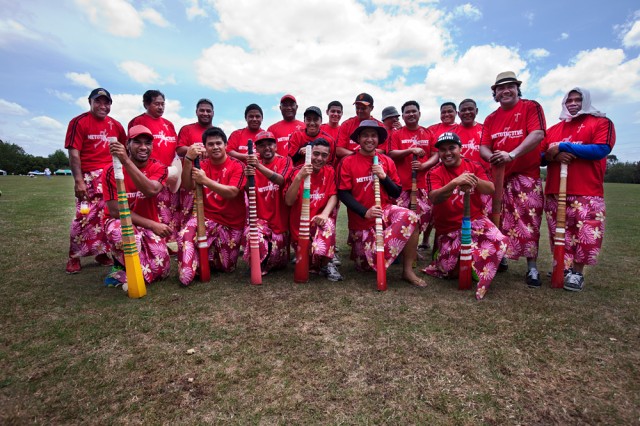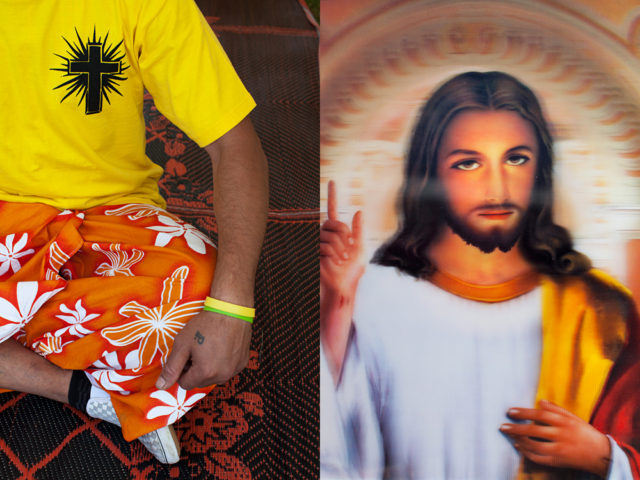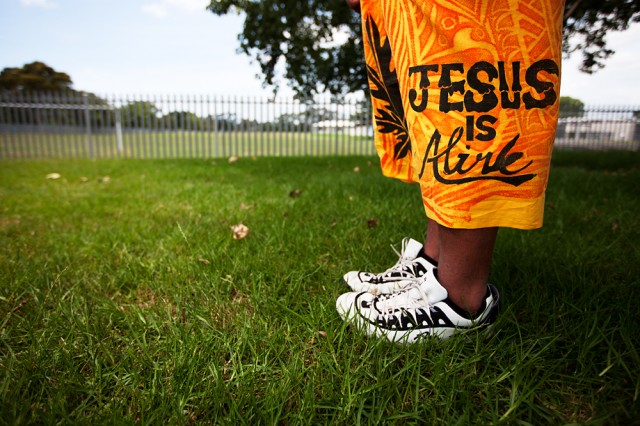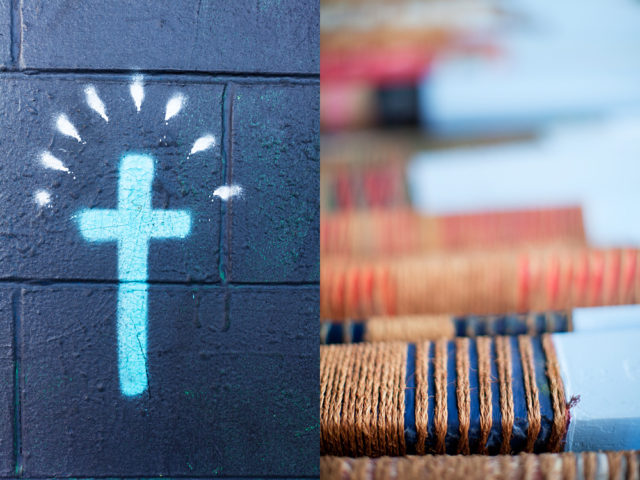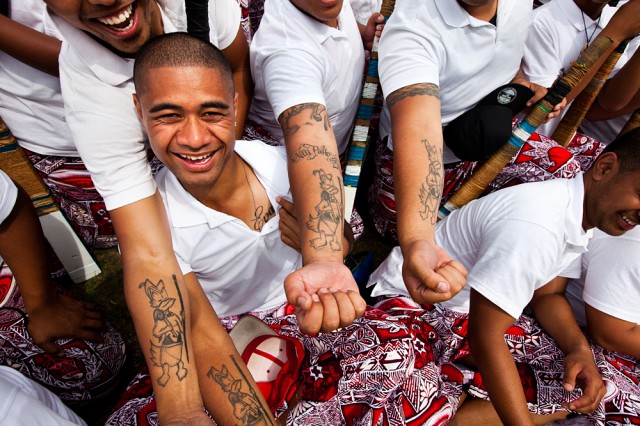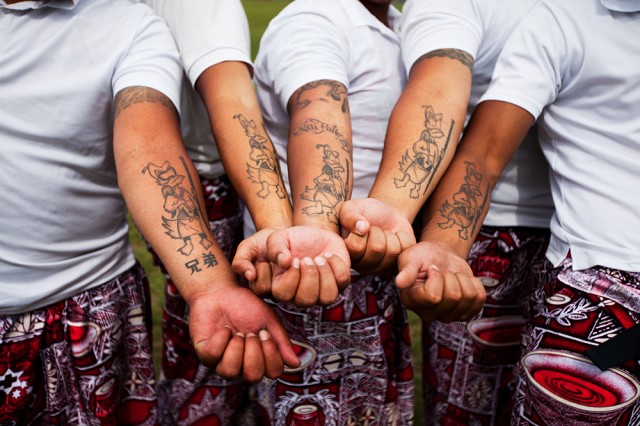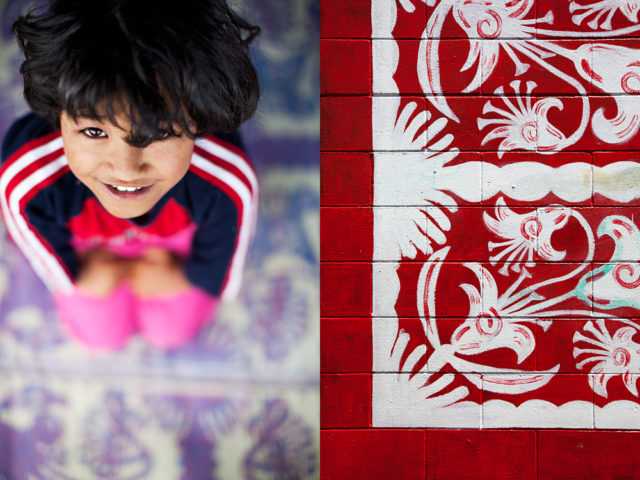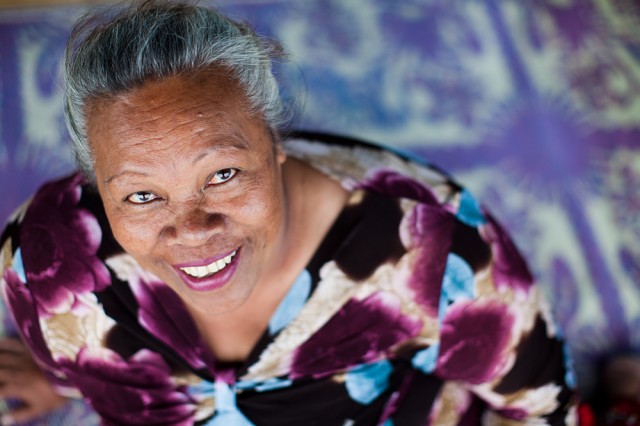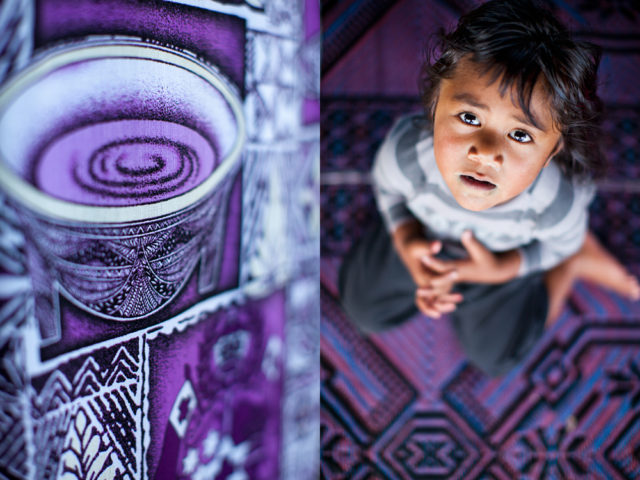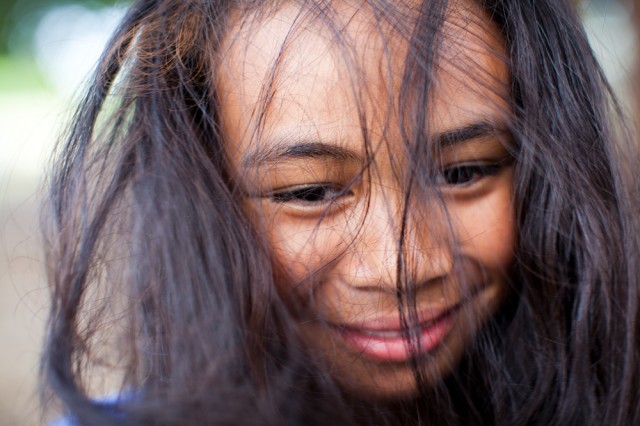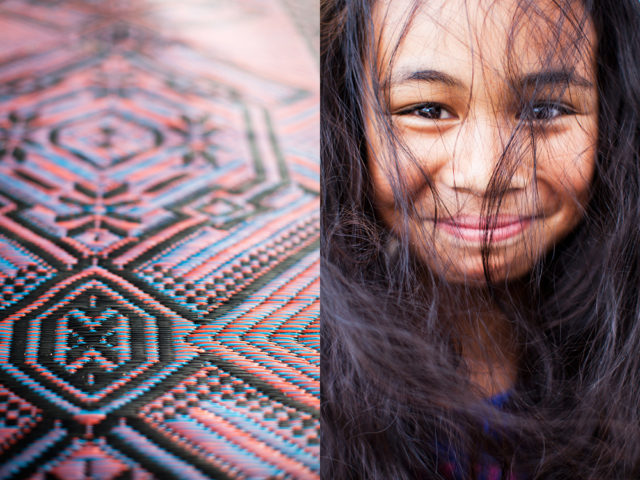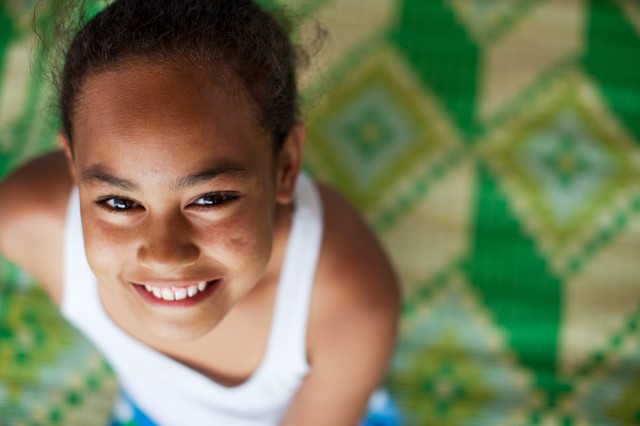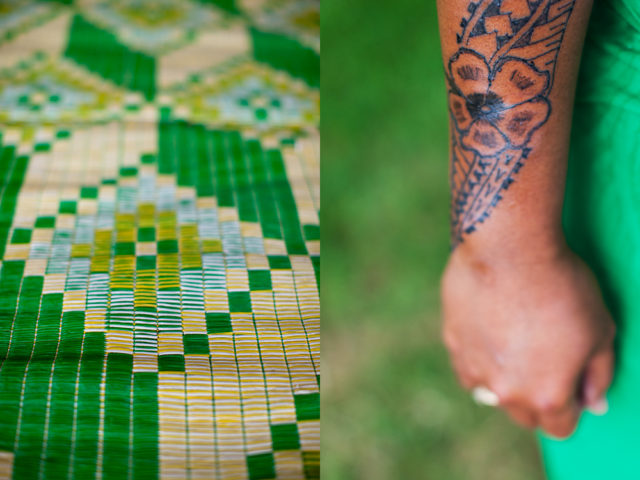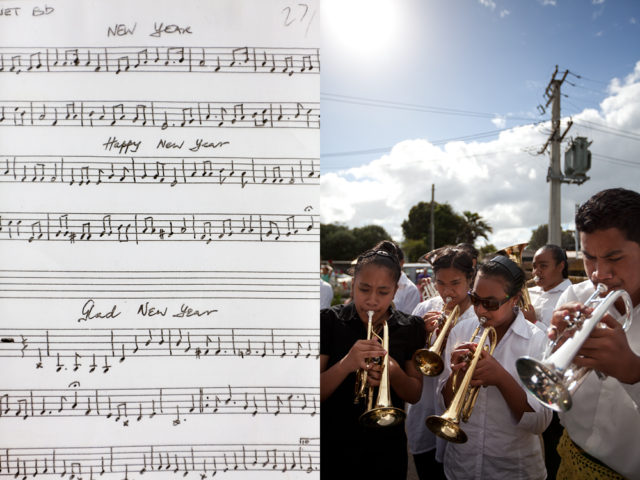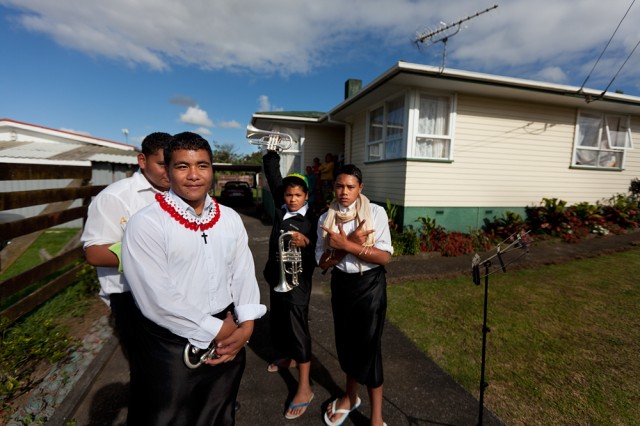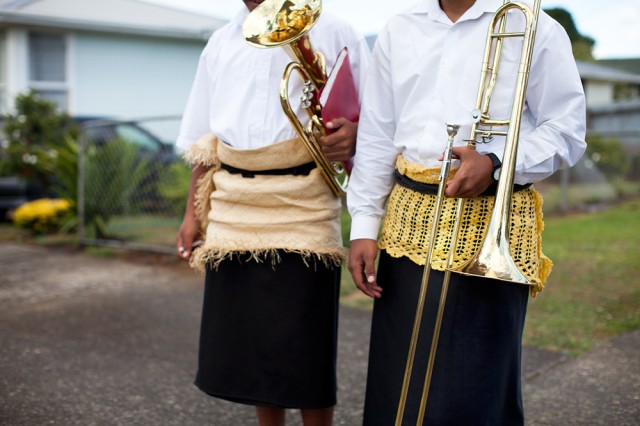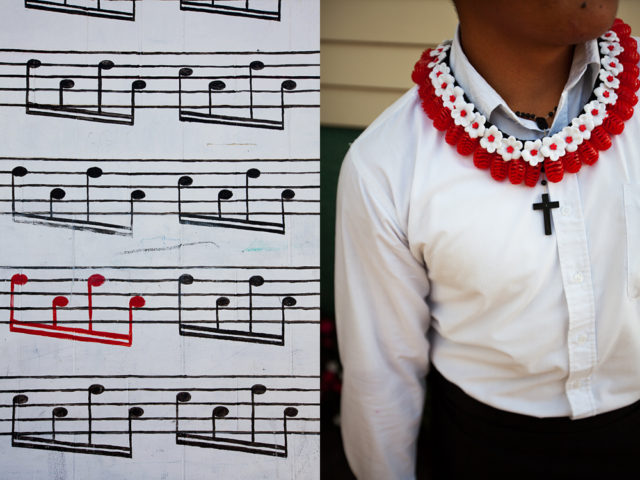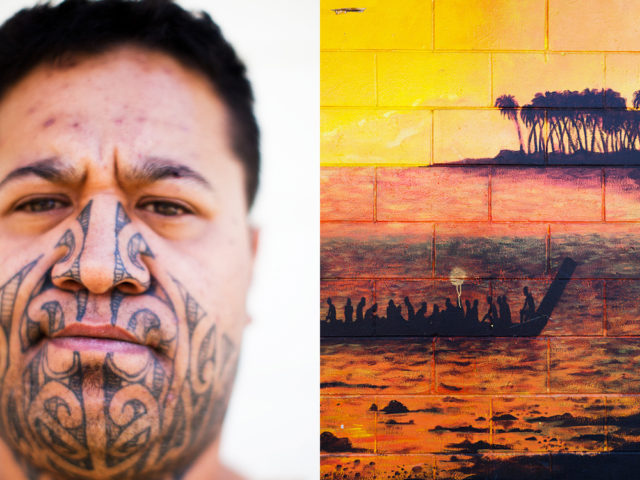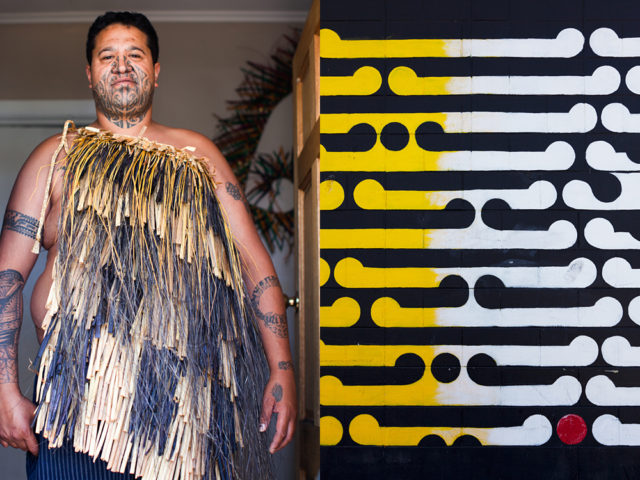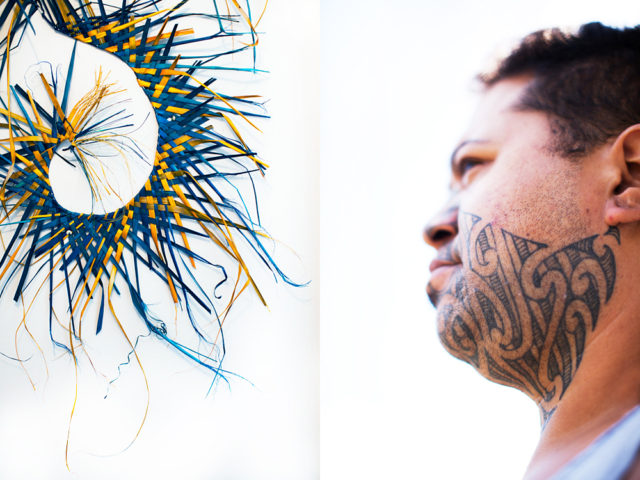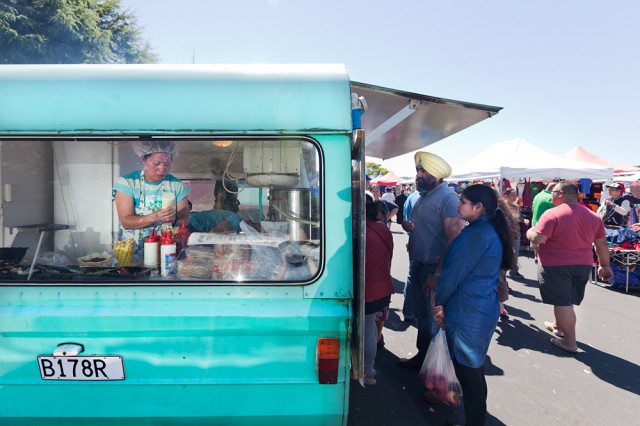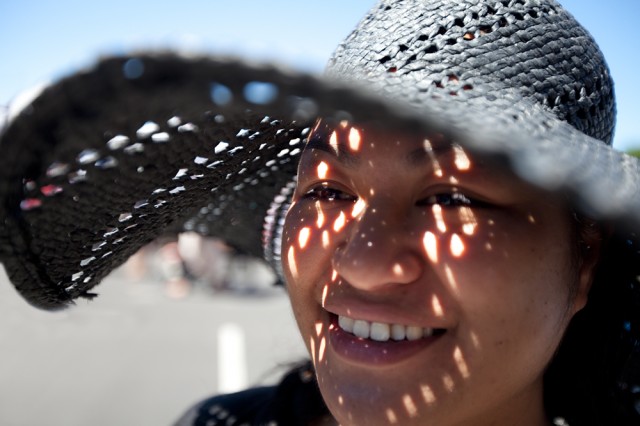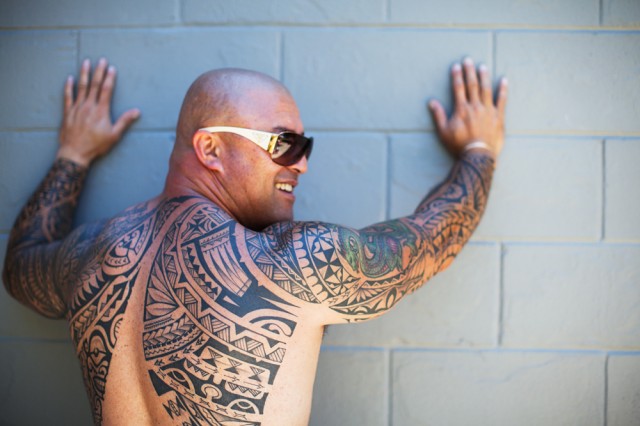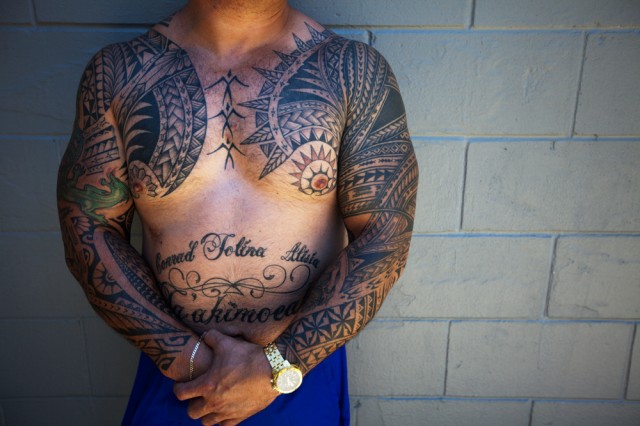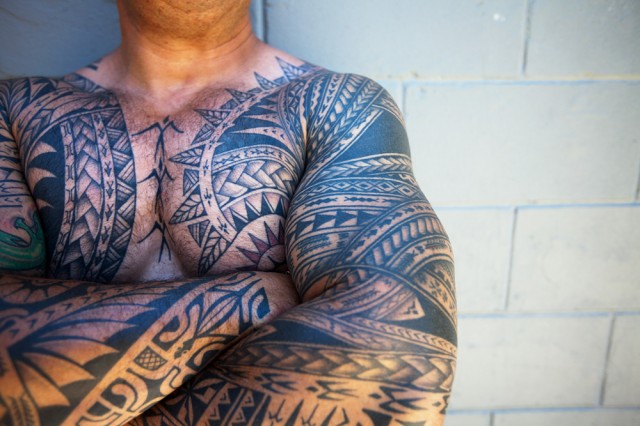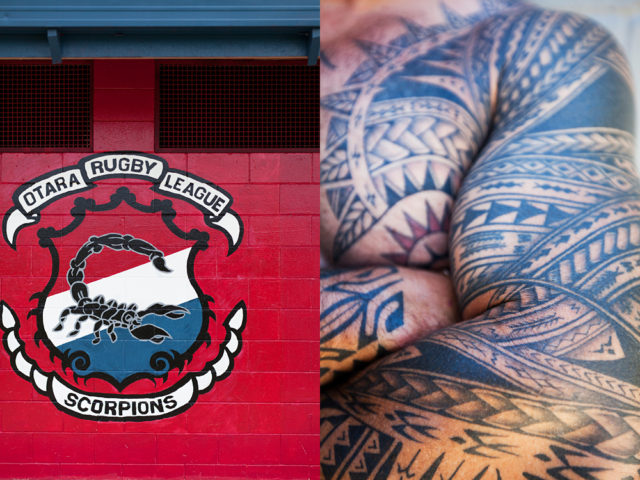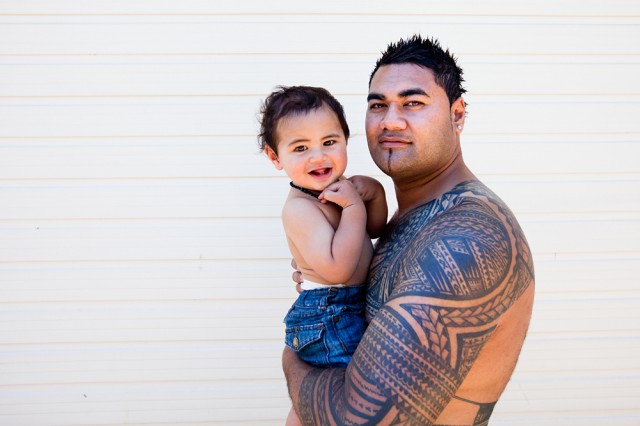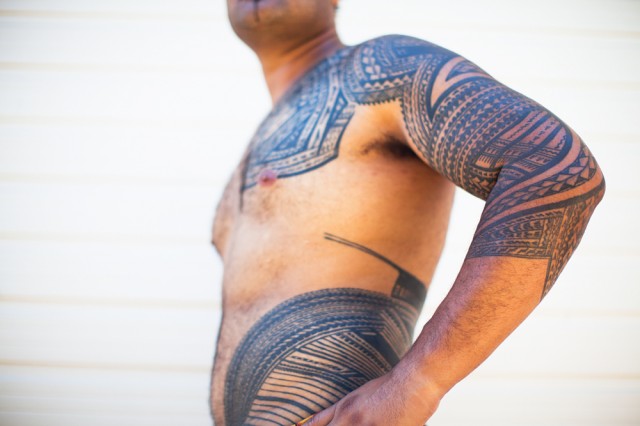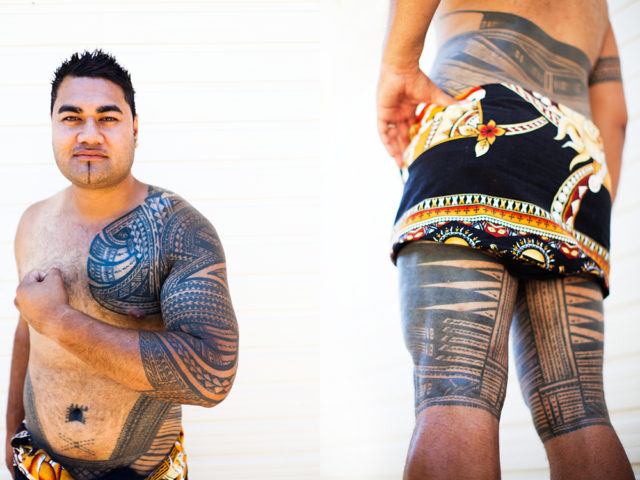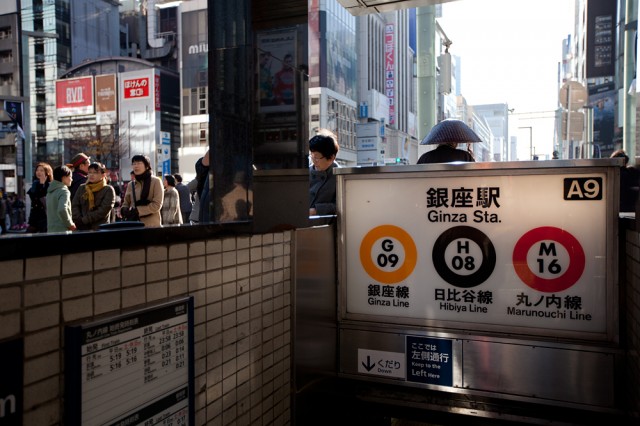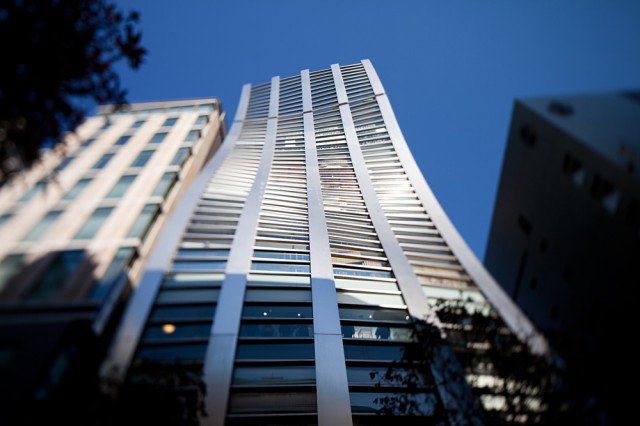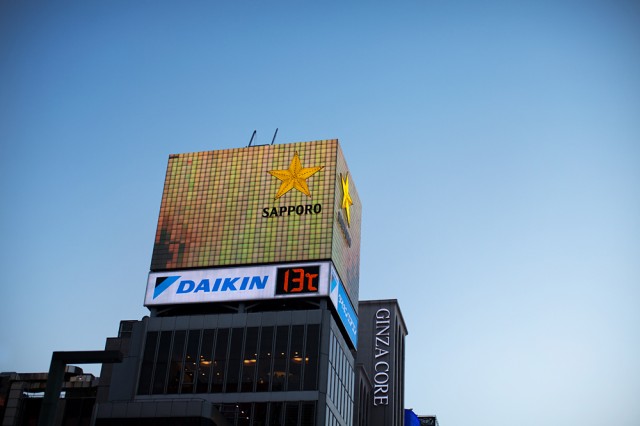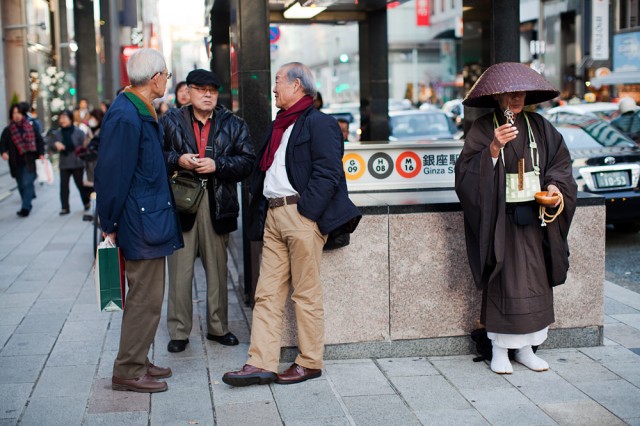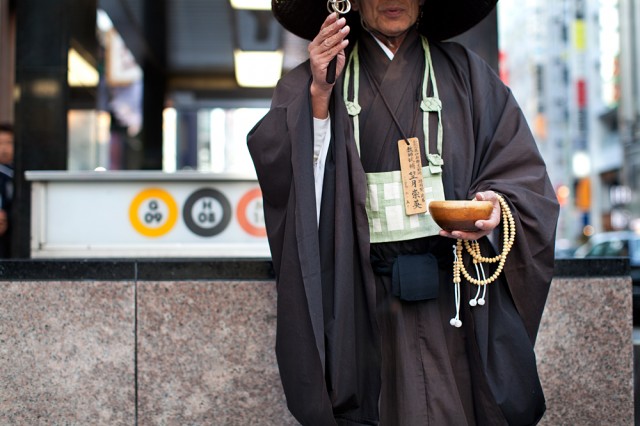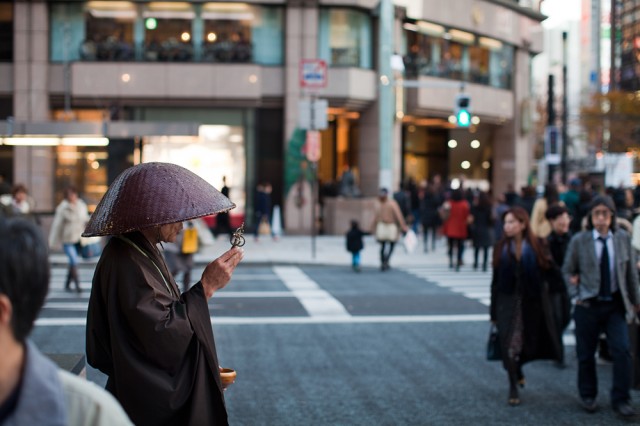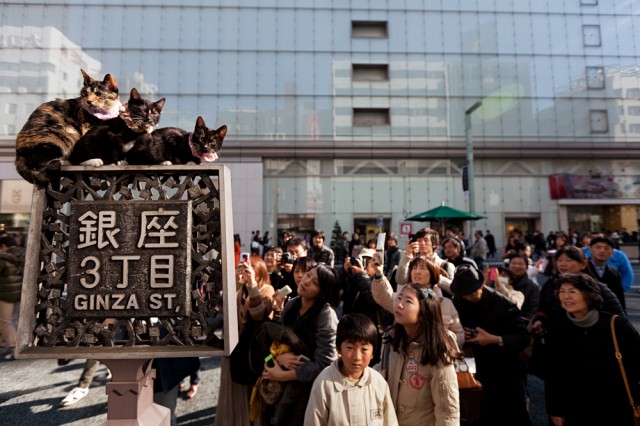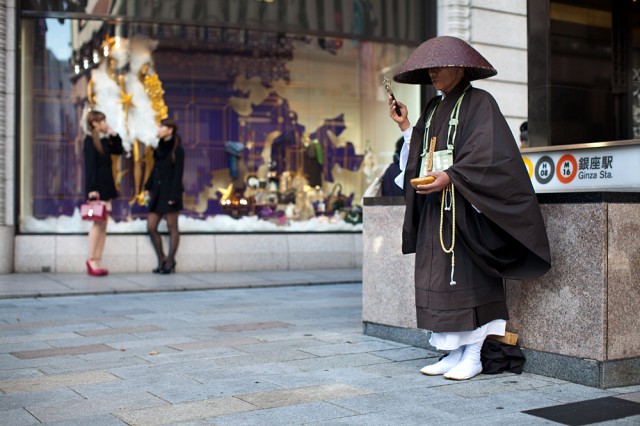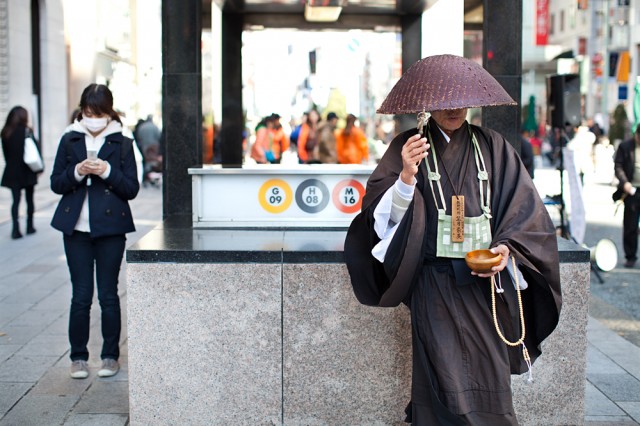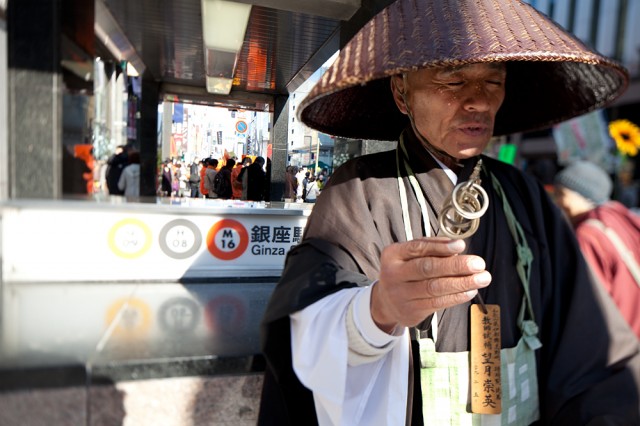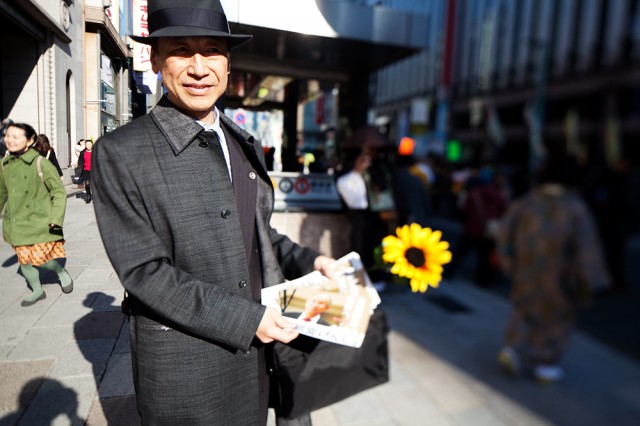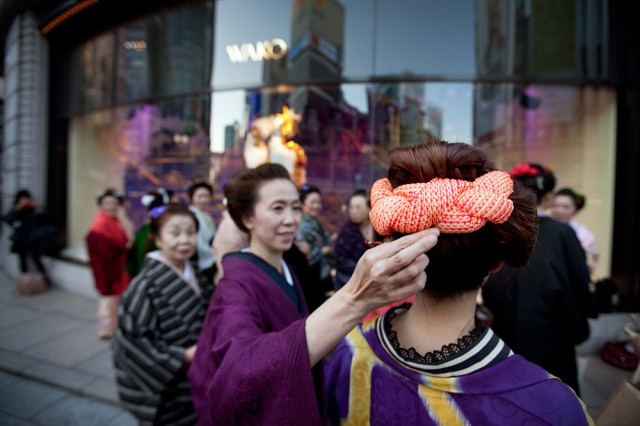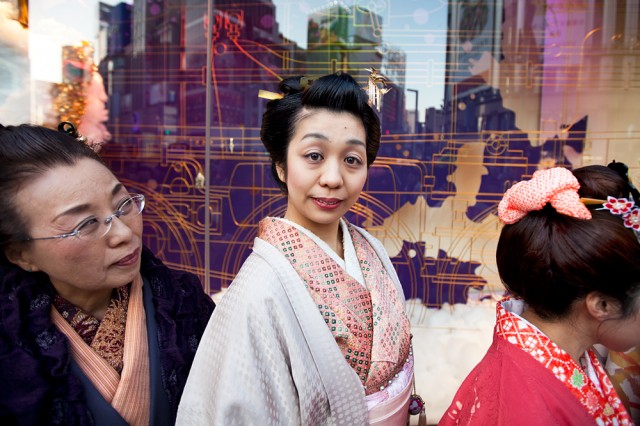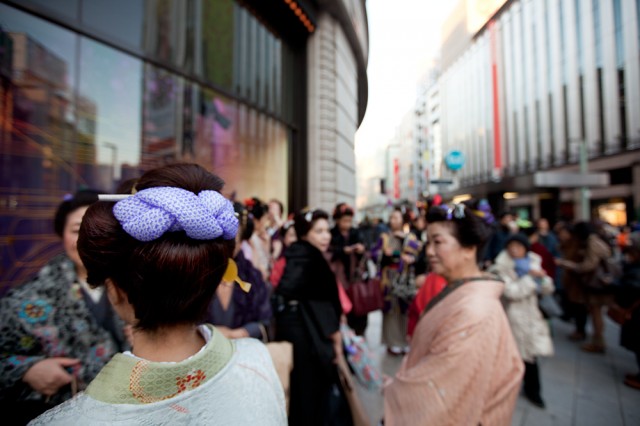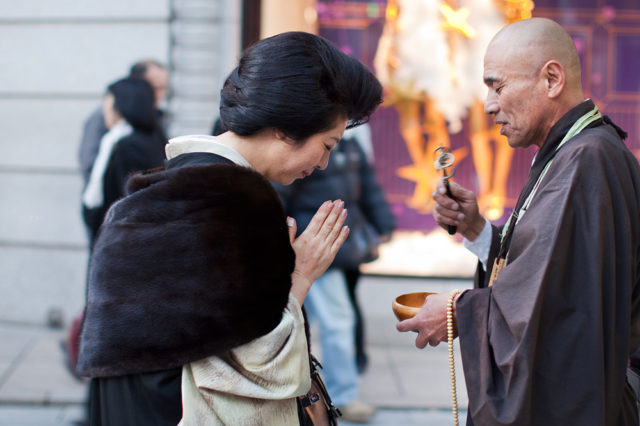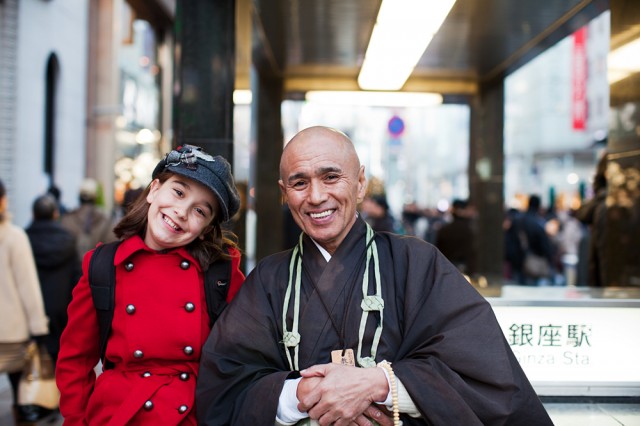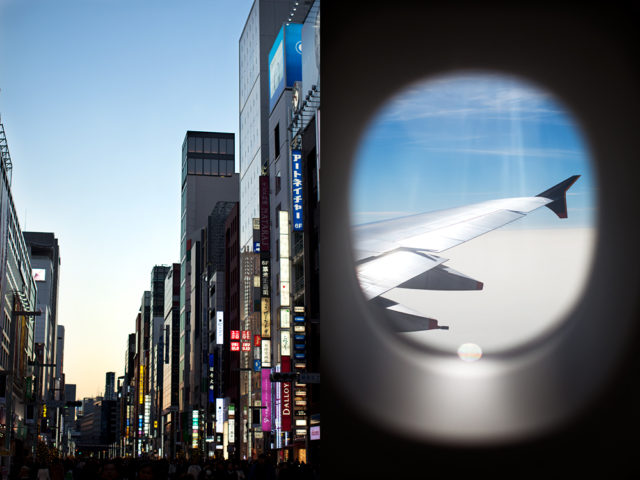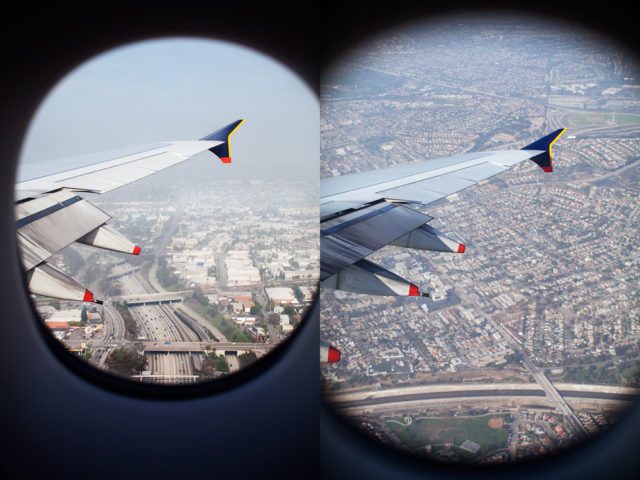Kia ora! Welcome to Auckland, city number 11 on 52 Suburbs Around the World.
Considering I’ve lived just three hours away by plane for most of my life, it’s pitiful I’ve never been and knew so little about the place. And I don’t just mean Auckland – all of New Zealand was pretty much a blank to me. I knew it had magnificent mountains, had suffered a terrible earthquake and that Australians like to make fun of the way Kiwis say ‘six’ (childish but fun), but that was about it.
Time to head across the ditch, starting with its most populous city, Auckland, and one of its southern suburbs, Otara.
Otara? One of the poorest areas in Auckland that only a few years ago was ruled by violent gangs and had one of the worst crime rates in New Zealand? That’s where you want to go, the Auckland friends we’re staying with asked. Well yeah. Given I was in the country with the largest Polynesian population in the world, I wanted to check out the Polynesians – Otara was where many of them lived. And anyway, apparently things had improved and despite still being “probably the toughest area of policing in New Zealand” it was much safer.
Some history… Given its remote location at the bottom of the globe, NZ was one of the last places on earth to be settled by humans – Maori arrived here only 800 years ago. The first iwi (peoples) of Otara way back then were the Ngāi Tai, who probably lived quite happily in the area with its rich volcanic gardening soils and fresh water springs, doing what their Polynesian ancestors had done for centuries – warring with neighbouring tribes and eating each other. Then about 200 years ago life changed forever with the arrival of Europeans. From the 1850s onwards Otara was settled by British and farmed. After WWII, Otara was developed as a State Housing area.
Okay, let’s go Otara!
Part 1: Spirited play – the players
Day one in Otara. It’s completely dead. Nothing and no one stirs.
Short on patience at this stage in the project, I start to think, nah, bugger Otara, I’m going somewhere else.
My friend, Gay, who’s kindly offered to play chauffeur, suddenly remembers that aside from much of NZ being on holiday, today is also a public holiday. Really? The day after New Year’s Day? While it explains the lack of life, I still can’t handle the nothingness. And then all of a sudden, in the distance, we spot colour and movement – scary gangs? Whatever it is, we’re there.
‘It’ turned out to be a sports field full of hundreds of Samoans, from 20 Methodist churches all around Auckland, in Otara to play Samoan cricket and volleyball. Serious competition in lava-lavas…
Like the rest of Polynesia, meaning ‘many islands’, the Samoans had long ago abandoned their more exotic faiths in the name of just one Christian god.
But that didn’t mean they wouldn’t fight tooth and nail to beat each other. These people take their religion and their sport very seriously.
Part 2: Spirited play – the supporters
While the various games were in session, the teams’ supporters were watching them from under their tents, laying or sitting on a variety of colourful woven mats. Not Samoan-made, hand-woven mats mind you. When I asked where they were from, one girl cried out, “The $2 shop!”
Nonetheless, the mats made wonderful backdrops for some portraits. Starting with the Kelston Methodist Church from West Auckland and the cheekiest four year old I think I’ve ever met – Wesley. The sugar-fueled blue lolly he’d just finished was probably not helping.
And these soulful young men…
In the next tent were members of the Papakura church from far south Auckland, where I met more beautiful kids. Like Hildegard with her long long locks (she’s the one in the introductory image at the beginning of the post)…
Part 3: Band in the backyard
On our next visit, driving around the back streets of Otara, I thought I heard a band playing. Sure enough, as we turned the next corner, there it was – a dozen or so players, trumpets blaring, right outside one of the weatherboard houses. A moment later they downed tools and left – to drive 100 metres down the street to the next house. Could I follow them? Sure.
I loved the blend of traditional woven skirts with white shirts and blaring trumpets, but it wasn’t easy capturing the boys. Aside from being in a mad rush to press on to the next house once they’d finished their tunes, they really didn’t know what to make of me – I guess it’s not every day a Pākehā (white person) turns up in Otara and shoves a big camera in your face.
Part 4: The proud Maori and his moko
After the band, we left to explore more of the neighbourhood. I don’t know what I noticed first when I met Pawi – his beach buggy ripping along the pavement or his moko, facial tattoo.
Pawi is a proud Maori but one of the most gentle men you’d ever meet. Yet when I look at the close-up of his face now, I can imagine he might look a little scary if you met him walking down the street.
I asked Pawi how painful it was to get the moko done, on a scale of one to ten, with ten being insanely painful. “Out of 10? 12, especially the area between your lip and nose”.
Pawi’s wife, Tracey, also endured the pain to get a moko kauae – chin tattoo – based on the one her grandmother had. Neither of them regret it; although they do get some funny looks from time to time, from Maori as well as non-Maori, it’s important to them as a way of keeping their traditions alive.
Aside from the tattoos, Pawi is active in kapa haka, Maori performing arts, as well as carving greenstone. And he and Tracey, who’s a fifth generation flax weaver, have a weaving business.
The couple have a total of nine kids, ranging from a 19 year old son that Pawi had at the tender age of 14, to two year old Tareta. But soon it’ll be ten – Tracey is pregnant. Life must be busy.
As I went to leave, I shook Pawi’s hand – in return he gave me my first hongi, the traditional Maori greeting, or parting in this case, where you’re meant to touch noses and foreheads. Only I got a little confused and went a little Eskimo with it, rubbing his nose instead of just touching. What a wally.
Part 5: Market day
Aside from being infamous for high levels of poverty and crime, Otara is also a little bit famous. For the 1995 hit single, How Bizarre, by local hip-hop artists OMC (Otara Millionaires’ Club). And for the weekly Saturday market…
I noticed Amon, below, from a distance. Well, I noticed his muscles, tattooed to the hilt. He was at the markets with his girlfriend, having a nice relaxing time – until I stopped him and asked him to whip his shirt off so I could photograph his torso. As I snapped away, Amon explained that he was mostly Tongan with some German and English as well. His job? An agent for rugby league players.
Part 6: More tattoos
Not long after meeting Amon, I met Toa, a handsome and heavily tattooed Samoan. Uncomfortable with the idea of taking his shirt off in public – “My wife may not like it!” – Toa invited me to his house in neighbouring Clover Park a few hours later to take some shots.
Tattoos are big in Samoa, literally – Toa has a pe’a, the traditional male tattoo of Samoa, covering the body all the way from the waist to the knees, as well as some on his upper torso. In fact, the word tattoo apparently originated from the Polynesian word tatau.
Toa explained that most of his tattoos had been done by the traditional, incredibly painful method – I read later that those who can withstand the pain are hugely respected for their courage in the community.
While they look highly decorative, they’re not – the designs are symbolic and relate to Toa’s status in the community as well as to traditional concepts of strength and travel.
Toa and his wife have four kids, the youngest being one year old Taelin. The perfect accompaniment to Toa’s striking tattoos…
At some point during our little shoot at the side of his house, Toa told me he was actually a chief of his Samoan village, Lefaga Matautu. And that his wife and kids and everyone in the Samoan community all called him by his chief name, Lemalu. Should I too, I asked? It was the least I could do after getting a chief to strip down to his lava-lava and show me his tats.
The Wrap
So that was Otara, one of Auckland’s ‘worst’ suburbs. Look, the place isn’t postcard pretty. In fact, parts of it were downright scungy. And it would be silly to think nothing sinister happened there, even if it has moved on from its recent dark past. But I have to say, I found the place pretty interesting despite barely scratching the surface. Mainly in the way the Samoan, Tongan and Maori communities continue to keep their cultures alive, even if it means 12 out of 10 pain. Although there is one practice I’m relieved they appear to have dropped – that eating each other business sounded pretty outrageous.
On the ‘home front’
It’s been a while since Coco and I haven’t been together 24/7. But this week I barely saw the girl. While my friend Gay and I were roaming the streets of Otara, Coco was busy doing kid things with Gay’s partner, Mark, and teenage daughter, Meisha. The only time I’ve seen her was when we all took a few hours off to visit one of Auckland’s black sand beaches, Piha.
Aside from that, I haven’t been firing on all cylinders this week. After months of good health I finally succumbed to a bad cold and chest thing and have been dragging myself around, trying not to spread the infernal germs. My excuse anyway if this entire post makes not one jot of sense!
—
This suburb has been brought to you by Annette Murphy
—
See you next week.
